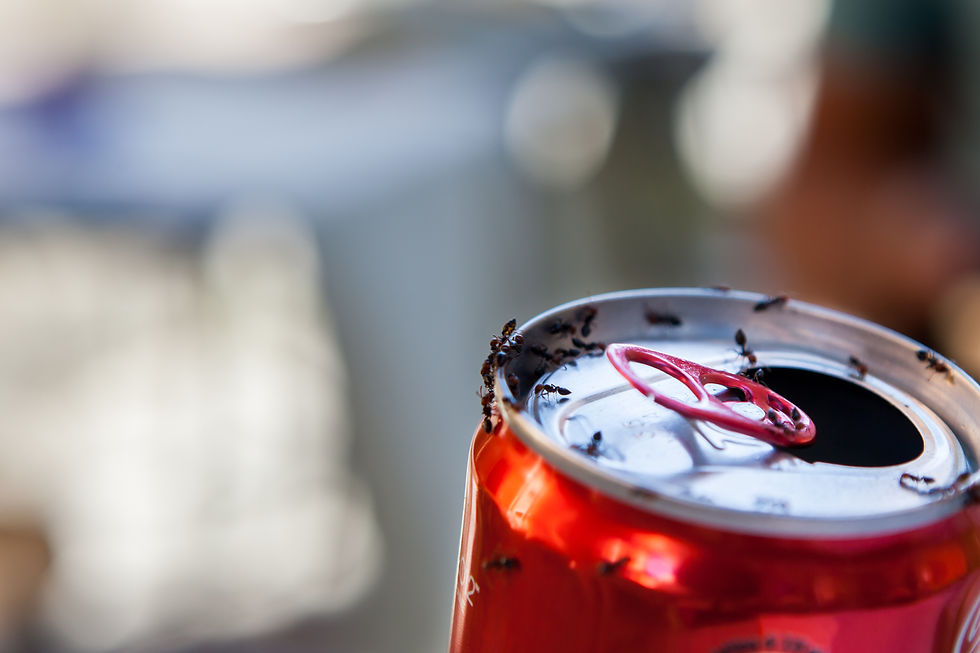Termites are a destructive pest
- quinnspest
- Jul 12, 2019
- 2 min read
Termites do not just eat away at structural timbers, doorframes and skirting boards they can also chomp their way through furniture and paper products.
WHEN most homeowners are asked about their annual property maintenance regarding termite protection, most would admit to maintaining a ‘reactive’, not a ‘proactive’ approach.
Termites, or white ants are a natural and important part of the environment.

They live off the cellulose found in timber and because of their consumption, break timbers down and reduce its integrity.
In the natural environment they have play an important role in aiding the decomposition of dead timbers back to the soil.
This complex, soft bodied insect lives in colonies comprising a queen, drones, soldier and worker stages.
They maintain their own ideal environment in which to live and work, making them a household pest which is not seasonal like spiders and ants for example and continues to be active throughout the calendar seasons.
Termites live within galleries which extend up to 100m from a central nest.
Within the galleries they control the temperature and humidity and are not exposed to light – perfect survival conditions.
Working primarily in the top 30cm of the soil, this secretive insect will enter a house through areas that are not usually visible, a hairline crack in a slab or footing, the expansion gap of an extension or nearby a wet area where the plumbing feeds into a building, such as a kitchen or bathroom area so they can utilize the moisture from the soil to construct their galleries.
Once inside they eat the cellulose in cupboard timbers, make their way between the cavity walls to the roof timbers, into the soft edge of carpeted areas or into floorboards.
Externally on a property, they are attracted to wooden landscaping areas like decking, garden edging, pergolas, fences, gazebos and cubby houses.
Stored timber or timber by-products in garages and garden sheds like old wardrobes, boxes, books or papers, crates and pallets also provide a good source of cellulose.
Insurance will not cover termite damage to a home or building and CSIRO surveys indicate that one in three properties will have termites within the boundary.
A sound investment for home owners is to ensure that they diligently include a termite inspection completed by a qualified, competent and reputable pest controller, at least annually.
It is strongly recommended by the Australian Standards 3660.2 – 2000 Australian Standard Termite Management Part 2; In and around existing buildings and structures – Guidelines, that termite inspections are completed at least annually, unless a property has had issues in the past or is outside the recommended five-yearly treatment then inspections are recommended more regularly.
The advice given here is general in nature – and your specific situation should be discussed with your pest controller






Dealing with termites in Kitchener can be a nightmare for homeowners. This article does a great job explaining the risks and how Pesticon offers effective solutions to protect your property!
Termites might be silent, but the damage they cause can be devastating if left unchecked. Regular inspections are key! If you're in Mississauga, check out termite control Mississauga for expert help before it's too late.
Excellent post on the best pest control services! Regular maintenance truly matters. I recently learned how crucial termite inspection San Fernando Valley is for preventing long-term damage. A reliable service can protect your property and bring real peace of mind.
Bed bugs are a nightmare to deal with. Here's a trusted source for bed bug control in Vancouver to help tackle the problem.